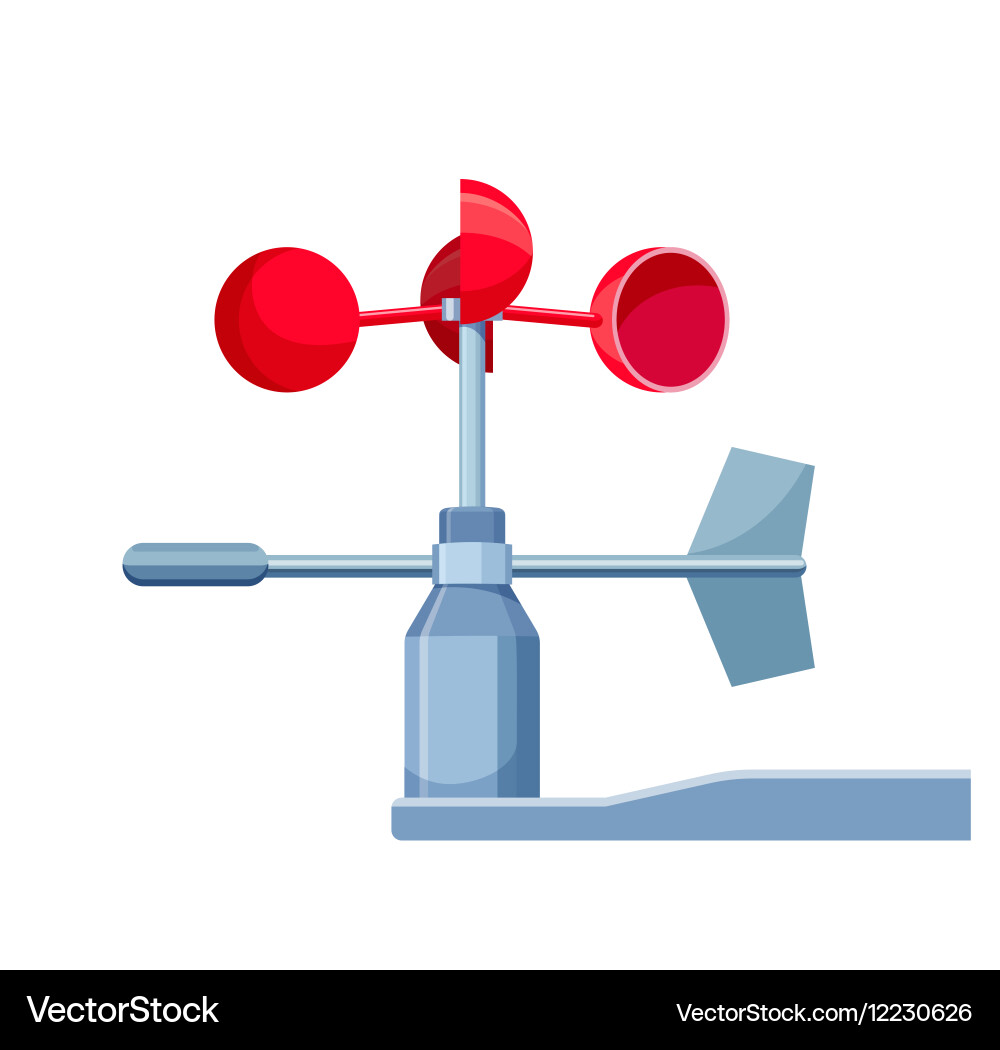Specialist Tips for Calibrating Your Anemometer for Ideal Efficiency
Specialist Tips for Calibrating Your Anemometer for Ideal Efficiency
Blog Article
All You Need to Learn About Anemometers: Just How They Work, Why They Matter, and Where to Utilize Them
Anemometers, though often forgotten in the realm of clinical tools, play an important function in various fields, offering useful insights into wind rate and airflow patterns. Recognizing the mechanics behind these tools is vital for any person seeking to harness the power of this information. From meteorologists tracking weather patterns to engineers making structures with wind lots in mind, the applications of anemometers are far-reaching and varied. As we explore the complexities of anemometer modern technology, we will discover the internal operations of these devices, their importance, and the crucial factors to consider when picking the appropriate anemometer for specific applications.

Anemometer Basics
A vital instrument made use of to determine wind rate and instructions, the anemometer plays an important role in meteorology and numerous industries. An anemometer commonly is composed of three or 4 cups that revolve in the wind, a vane that directs right into the wind, and sensors to track the turnings or motions.
There are various types of anemometers readily available, including mug anemometers, vane anemometers, hot-wire anemometers, and sonic anemometers, each with its unique functions and applications. Mug anemometers are typically used for standard wind rate measurements, while vane anemometers are preferred for directional dimensions.
Principles of Anemometer Operation
Building on the fundamental understanding of anemometer essentials, the principles of anemometer procedure illuminate the auto mechanics behind wind rate and instructions measurements. Mug anemometers, for circumstances, have 3 or even more cups that catch the wind, creating them to rotate much faster as the wind speed rises. Hot-wire anemometers depend on a warmed cable that cools down as wind passes over it, with the rate of cooling down establishing the wind speed.
Significance of Anemometers
The importance of anemometers in weather forecasting and different sectors can not be overstated. Anemometers play an important role in gauging wind speed and instructions, offering crucial information for weather projecting, climate researches, environmental surveillance, and air travel procedures. Meteorologists count on anemometers to collect precise wind information, assisting them recognize climate patterns, anticipate storms, and problem prompt cautions to the general public. In markets such as building, agriculture, renewable resource, and maritime operations, anemometers are used to maximize processes, make sure safety, and enhance performance. For instance, wind farm drivers make use of anemometers to evaluate wind problems and take full advantage of electrical energy manufacturing from wind generators. In the maritime industry, anemometers help ship navigating by supplying real-time wind details to captains, aiding them make informed choices to ensure safe voyages. Generally, anemometers are essential tools that add dramatically to safety and security, efficiency, and informed decision-making in meteorology and a wide variety of markets.
Applications Throughout Numerous Industries
In the their website renewable power field, anemometers play an important duty in analyzing wind problems for wind farm placements, guaranteeing optimal energy manufacturing. Industries like building and construction and mining utilize anemometers to monitor wind speeds, critical for safety procedures, specifically when working at heights or in open-pit mines where solid winds can pose dangers. In agriculture, anemometers help farmers in handling plant spraying by giving real-time data on wind speed to prevent drift.

Picking the Right Anemometer for Your Demands
Choosing the proper anemometer customized to your specific demands is vital for acquiring precise wind rate and instructions dimensions. When picking an anemometer, take into consideration elements such as the designated application, called for dimension array, environmental conditions, and preferred attributes. For use this link general functions, a cup anemometer is suitable for measuring wind speed, while a vane anemometer supplies wind direction data. Hot-wire anemometers are perfect for low airspeed measurements, and ultrasonic anemometers supply high accuracy and durability.

Verdict
In verdict, anemometers play an important role in measuring wind rate and instructions throughout different sectors. It is important to consider the value of anemometers in order to make educated decisions when selecting the most suitable gadget for measuring wind problems.
There are numerous kinds of anemometers readily available, including mug anemometers, vane anemometers, hot-wire anemometers, and sonic anemometers, each with its distinct functions and applications. Mug anemometers are commonly utilized for standard wind speed dimensions, while vane anemometers are liked for directional measurements. Hot-wire anemometers are ideal for low airspeeds, and sonic anemometers are ideal for high-precision measurements in research study and industrial setups.Building on the foundational understanding of anemometer basics, the principles of anemometer procedure elucidate the mechanics behind wind rate and instructions measurements. For general functions, a cup anemometer is appropriate for measuring wind rate, while a vane anemometer gives wind instructions information.
Report this page